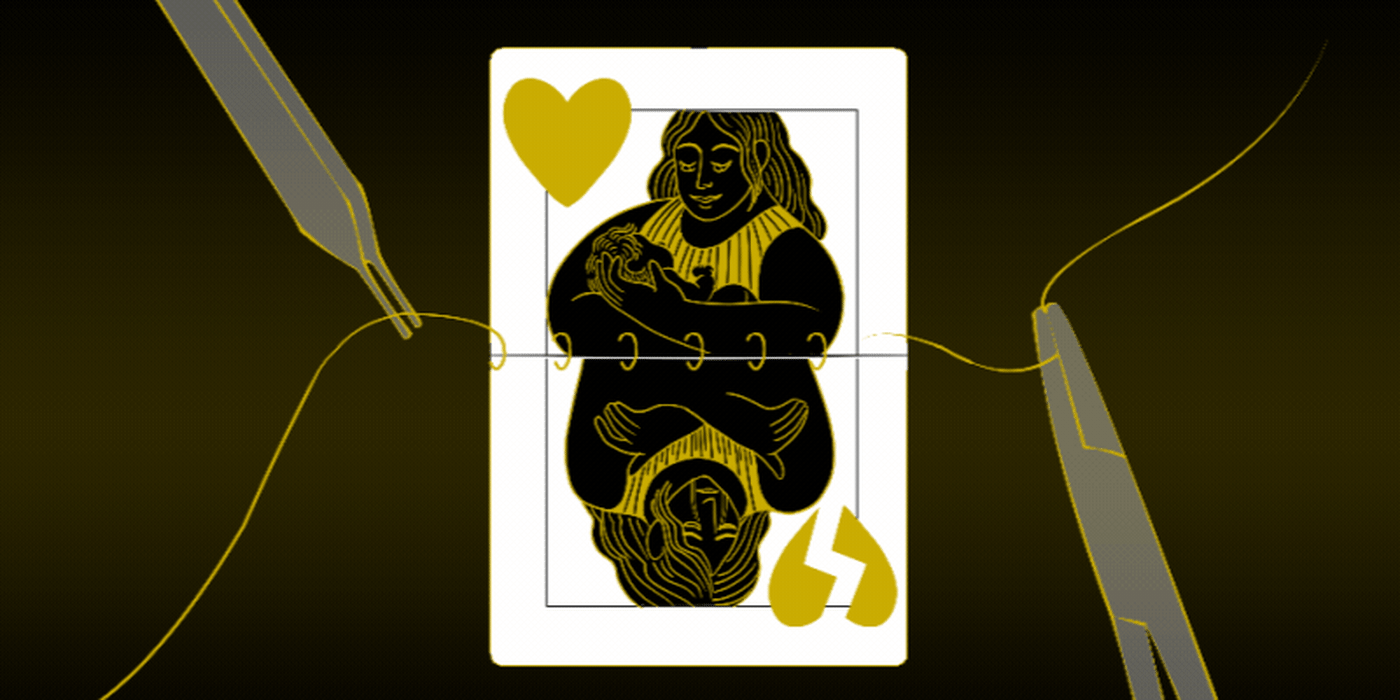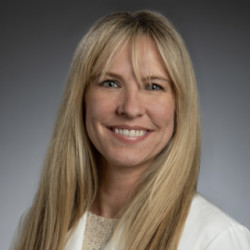“Uncertainty creeps into medical practice through every pore. Whether a physician is defining a disease, making a diagnosis, selecting a procedure, observing outcomes, assessing probabilities, assigning preferences, or putting it all together, he is walking on very slippery terrain. It is difficult for nonphysicians, and for many physicians, to appreciate how complex these tasks are, how poorly we understand them, and how easy it is for honest people to come to different conclusions.” – David Eddy, MD
It is often said that the only certainty in life is death. We cannot be certain the sun will rise tomorrow, that the world won’t implode overnight, that life as we know it will continue in accordance with our expectations as time unfolds. In other words, there is another certainty and that is uncertainty. Life’s beauty, its precarious balance, our inability to comprehend its totality, deftly lie in its uncertainty. And that uncertainty journeys with us through all realms of life, including medicine.
In medicine, uncertainty is hard to define. If we turn to the Merriam-Webster dictionary, we find more questions than we do answers, where “the state of being uncertain” becomes nearly synonymous with the state of being indeterminate, unreliable, doubtful, variable, etc. Various health care professionals from the fields of psychology (Kasper et al., 2008), nursing (Mishel, 1983), and medical communication (Babrow et. al, 1998) have all proposed their own taxonomies, but in general they appear more apt to clarify the various etiologies that can lead to uncertainty, rather than uncertainty itself. Further, the distinctions they make tend to have a great deal of overlap.
In all of these proposed classifications, as Han et al. recognized, one thing remains consistent: they conceptualize uncertainty as something that may be reduced, by way of attainment of knowledge. A more sophisticated view of uncertainty, Han et al. proposed, is one that distinguishes between aleatory uncertainty (also known as stochastic or ‘first-order’ uncertainty), where known probabilities are considered, and epistemic uncertainty (also known as Knightian or ‘second-order’ uncertainty), in which it is impossible to consider probabilities because they are not known.
The medical literature has primarily focused on aleatory uncertainty. Far less has been written about epistemic uncertainty, which causes a profound sense of angst as no amount of thinking or cognition can resolve it (Epstein, 2021). Throughout my career as a neonatologist, I have experienced both types of uncertainty, which presented vastly different paths for shared decision-making and communication at end-of-life.
In fellowship, I once worked with a late preterm infant who was transferred to us shortly after birth in hypovolemic shock. At birth, she was found to have multiple large hemorrhagic lesions throughout her body. One of these was accidentally incised during the birthing process and would not stop bleeding; her blood pressure thus only transiently responded to volume and vasopressor support. Prior to transport, she experienced severe metabolic acidosis and coded twice. Over the ensuing days at our institution, despite the consultation of numerous consultants and specialists, her diagnosis remained unknown. She was too unstable to allow for the imaging and testing that could help with synching a diagnosis.
In the face of multi-organ failure, worsening acidosis, and encephalopathy, her attending physician was understandably conflicted about how to tell the infant’s parents that she was not going to survive, as the physician did not know her diagnosis. This is a case that exemplifies the challenges of epistemic uncertainty, the unknowable unknown. Here, no amount of statistics, probability, or risk analysis can mitigate the uncertainty.
In contrast, later in my career I was tending to an extremely premature infant with trisomy-21, who also had a cardiac defect and was born extremely small for gestational age — all characterizations I knew portended decreased risk of survival. The infant was signed out to me in the morning hemodynamically stable on minimal respiratory support, on full enteral feeds, and off antibiotics. I had been told he had been requiring a bit more respiratory support overnight compared to the prior evening.
Within hours, the infant began to experience severe respiratory distress, necessitating intubation, followed by the need for fluids, blood products, broad-spectrum antibiotics, and inotropic medications. I called the parents and informed them of their son’s decline, letting them know I suspected septic shock. They asked if he was going to be OK, and I told them I did not know. While, as in the case above, I openly acknowledged the uncertainty of his situation, the difference here is that there were only a few possibilities that could have led to this abrupt decline. In other words, I knew the “knowns,” I just was not exactly sure which ones they were. In this case, as in many cases in the neonatal intensive care unit (NICU), we were dealing with aleatory uncertainty. An echocardiogram revealed fluid-overloaded pulmonary vasculature. After a few hours of relative stability, the infant became hypoxic and hypercarbic, and was placed on high frequency ventilation. This only transiently stabilized him, and soon thereafter he became severely bradycardic. Chest compressions were begun, many rounds of epinephrine were given, and every minute of that code I diligently paused and listened — hoped — for a heart beat. Sadly, it never returned.
The above experiences remind me that while we physicians may be aware that uncertainty is common in medicine, our patients and their loved ones may not be. But there are ways to bridge this uncertainty gap. Epstein, for example, offers the “shared mind” approach, whereby contextual knowledge, emotions, and feelings inform decision-making. To engender a trusting relationship, he explains, the physician should communicate uncertainty while also acknowledging the patient’s fears and values. Ideally, doing so will reduce defensive reactions on behalf of the patient and promote a deeper degree of uncertainty tolerance.
When faced with uncertainty, Epstein continues, it may make sense to reflect on our past experiences, letting our minds respond with pattern formation and categorization. In other words, even in cases of an entirely unknown diagnosis, as in the case of epistemic uncertainty above, a physician could recall previous cases in which they have managed a patient in hypovolemic shock, with worsening acidosis, encephalopathy and multi-organ failure, and recall that in none of these cases did the patient survive. If taking this reflective approach, one’s medical decision-making would rely not on the diagnosis, then, but on the series of signs and symptoms that then allow prognostication. The focus of the conversation would shift toward prognosis, in the absence of a diagnosis, with an open admission to the fact.
In cases where the diagnosis cannot be accurately demonstrated among a series of few possibilities, as in the case of aleatory uncertainty above, the approach would be similar. If the physician relied on the prognostic features of the situation, severe hypoxia and hypoxemia, severe hypercarbia, and substantial metabolic acidosis, once again the conversation would need not ground itself in a diagnosis. Honestly expressing the uncertainty and demonstrating empathy toward the anxiety and internal angst such uncertainty causes will allay the defensive emotions that often arise for loved ones when faced with the medical hierarchy. The physician and family may then proceed to more sincere conversations that move beyond the expression of such defensiveness and toward the sharing of deeper concerns, uncertainties, and values. Ultimately this “shared mind approach” is what will then inform a more tolerable and peaceful outcome for everyone involved, regardless of the inherent uncertainty.
Dr. Giulia Faison is a neonatologist and budding bioethicist in Southern California. She enjoys yoga, running, and recently has picked up surfing. As a mom of four, exposing her children to the world is a priority. Dr. Faison is a 2023–2024 Doximity Op-Med Fellow.
Illustration by April Brust







